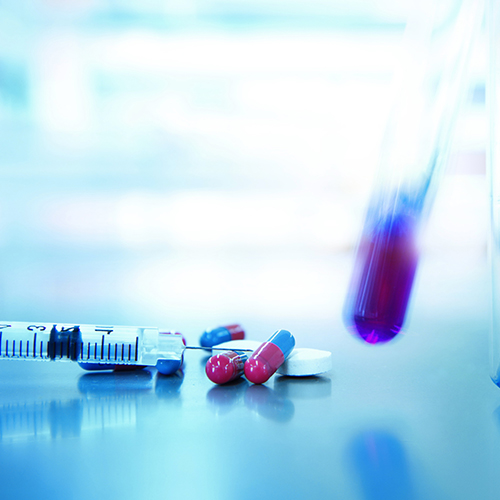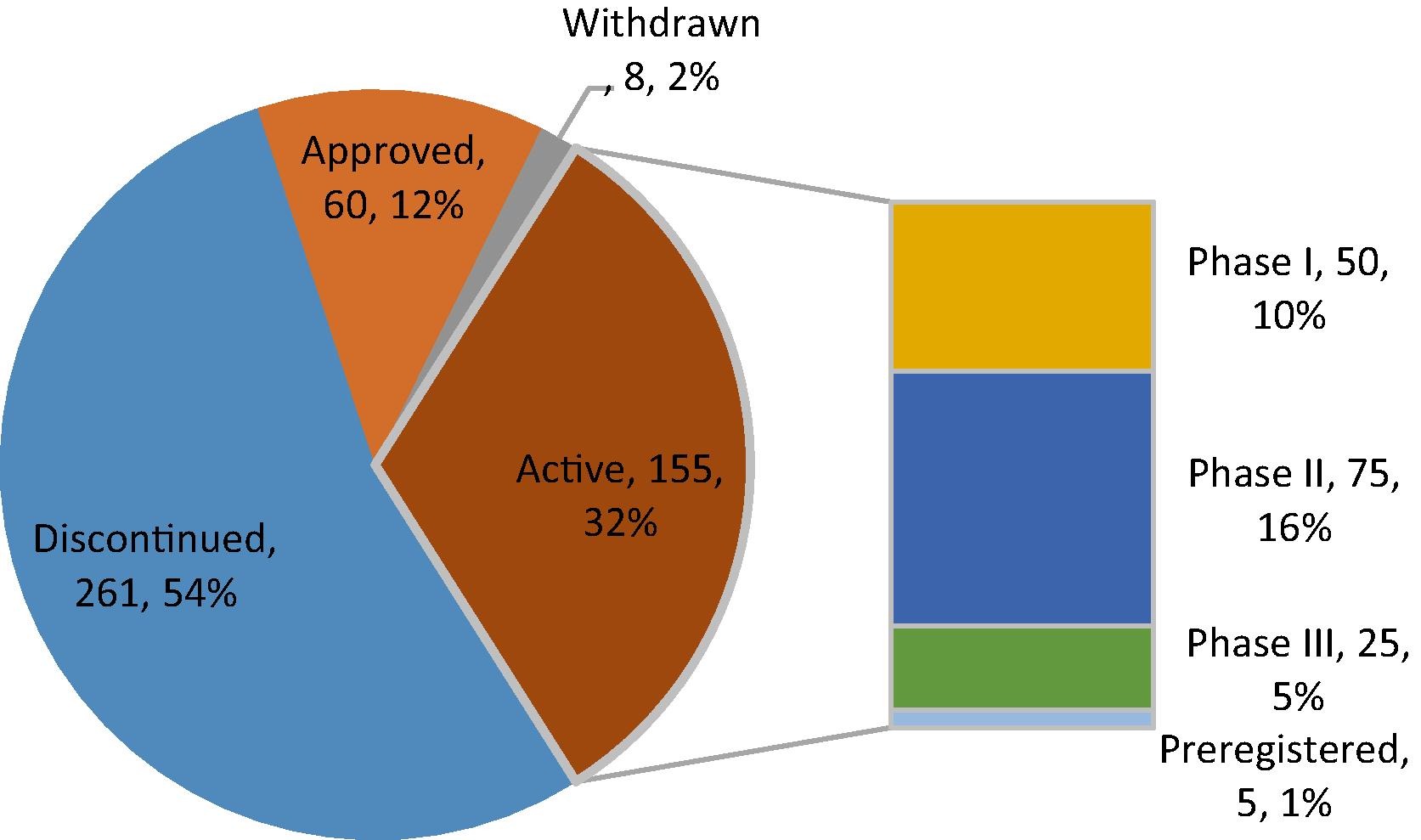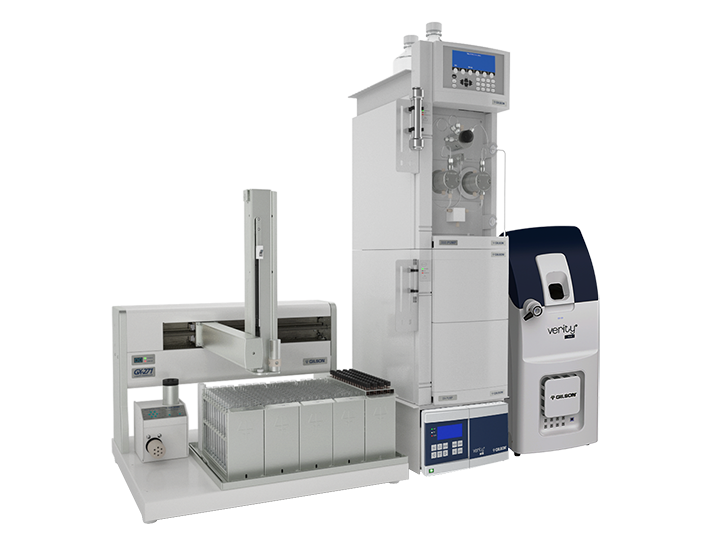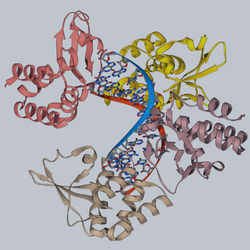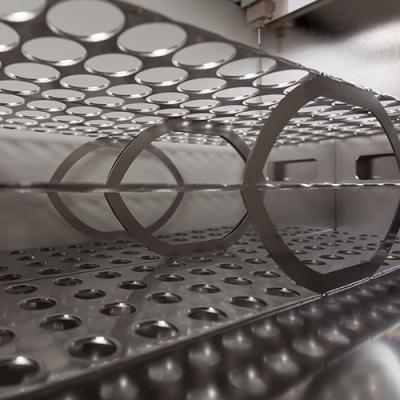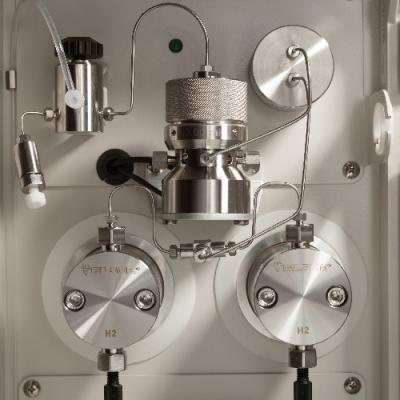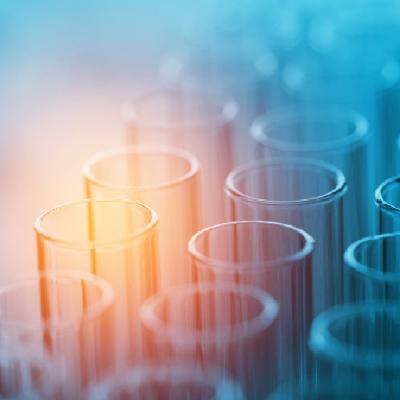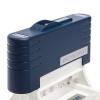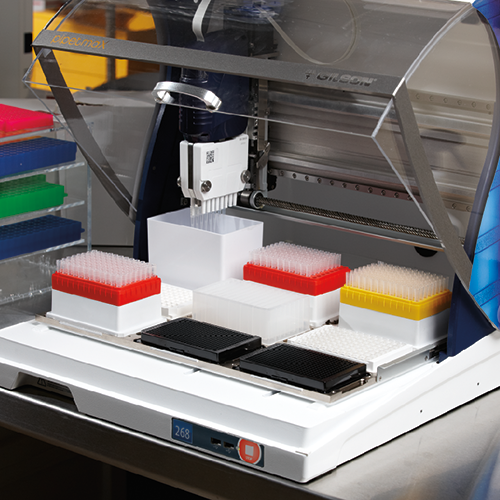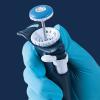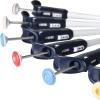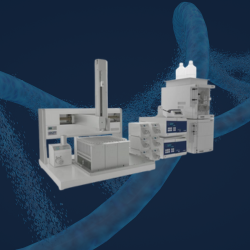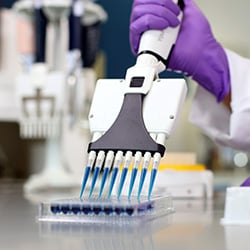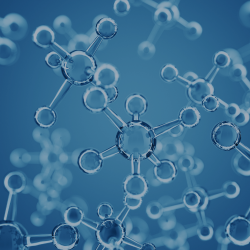Despite being used in drug development and research for over a century, peptide purification and synthesis remain on the cutting edge of drug discovery today.
Improved purification methods now allow researchers to target and treat specific illnesses such as lung cancer, which has historically been difficult to cure using compounds like cisplatin.
In medical practice, the use of peptides started with the development of insulin therapy in 1920. As of 2018, 60 peptide-based drugs are available on the market, and over 150 clinical studies are ongoing, with new clinical development continuing steadily.
Below, we’ll look at peptide purification, why it’s important in drug discovery, and what purification methods provide the best results for clinical researchers.
Key Takeaways:
- Peptide purification remains one of the innovative drug development techniques used in the industry today
- Peptides provide a range of benefits for drug discovery due to their high selectivity and targeting capabilities
- With a range of peptide purification methods available, the most effective systems today combine liquid chromatography with mass detection during run-time for improved fraction collection
- Researchers have access to an ever-expanding therapeutic peptide dataset to help jumpstart their analysis of newly isolated or synthesized peptides
- Gilson provides two peptide purification solutions for laboratories that need an efficient system to target, isolate, and recover peptide fractions
Why is Peptide Purification Important?
Peptides provide researchers with unique properties that make them ideal for drug and therapy development. Peptides are biochemically and therapeutically distinct from small molecules and proteins, and their signaling molecules have a treasure-trove of medical potential in the current genomic era.
Some of the major peptide discoveries include:
- Insulin – Isolated in 1920 from bovine and canine pancreata to treat diabetic patients
- Adrenocorticotropic hormone (ACTH) – Used to treat endocrine disorders and isolated in 1950 from bovine and porcine pituitary glands
- Oxytocin – A synthetic peptide used to induce, speed up, and assist during labor from 1962
- Leuprorelin – An analog synthetic peptide developed in 1984 and used in the treatment of different cancers and endometriosis
Recently, peptides have received renewed focus from researchers to develop both treatment strategies and vaccines for cancers and other illnesses. Researchers use advanced technologies to generate structure and function relationship data that allow for improved conjugation strategies based on peptide activity.
What are the Potential Medical Benefits Available from Peptide Purification?
New novel synthetic peptide strategies enable researchers to modulate the pharmacokinetic properties of the compound and improve target specificity in emerging therapies.
The advance in clinical research using peptide purification allow scientists to:
- Modify amino acids or the backbone of the peptide for higher target specificity
- Conjugate moieties to improve the solubility and half-life of synthetic peptides
- Develop formulation strategies that reduce injection frequency and improve compound stability
- Research new drugs that disrupt protein-protein interactions or inhibit intracellular targets
Methods for Mass-Based Peptide Purification
For researchers, the ability to identify, isolate, and purify specific peptides based on mass and ultraviolet (UV) signals is essential for drug discovery research and development.
Researchers can purify peptides by developing a mass-based fraction collection protocol. Gilson has two peptide purification systems available.
The VERITY® 271 LCMS System
The VERITY 271 LCMS system combines the power of High-Performance Liquid Chromatography (HPLC) with Mass Detection (MS) for conditional fraction collection. Researchers can isolate fractions at high purity and achieve excellent target recovery by incorporating signal data from the UV and mass detectors.
Using TRILUTION® LC Software, scientists can perform powerful conditional fraction collection with real-time and post-run signal data. The LC gradient conditions allow researchers to target a specific peptide within a solution and collect fractions based on selected ion monitoring (SIM) channels.
Figure 2. Image showing the VERITY 271 LCMS benchtop peptide purification system
The VERITY® Compact LCMS System
Featuring a PLC Purification system combined with a VERITY® 1920 MS Detector, the VERITY Compact LCMS Systems implifies and streamlines your peptide purification protocols. As a compact solution, researchers can save space while accurately targeting peptides with a 3-rack fraction collector capacity. The mass detector uses a single quadrupole and has a mass range between 10 and 2000 m/z, ideal for peptide or small molecule purification.
The Gilson Glider Software controls the mass detector to identify compounds, directly reducing the need for post-run analysis. With the conditional fractional collection capabilities, researchers can save on time and costs by reducing the number of fractions required to dry, reconstitute, and analyze. With an easy-to-use touchscreen, you can quickly adjust run-time parameters, including the flow rates and gradient conditions.
See this technical note to learn more about using this system for peptide purification.
Advancing Drug Discovery with Peptide Purification Solutions from Gilson
Gilson works with researchers worldwide to develop innovative solutions that increase throughput without compromising reproducibility. With the new potential benefits that peptide purification shows in clinical environments, you can trust Gilson’s solutions to support your protocols and advance your research.
Our liquid handling, extraction, and purification systems enable the world’s researchers to discover and develop new lifesaving drugs every day. With a range of benchtop systems available, you can speed up your sampling and analysis workflows for increased throughput and advanced fraction collection of any target compound.
Peptide / Protein Purification Solutions & Resources from Gilson
Peptide and protein purification are an intricate part of the proteomics workflow. The most popular means of detection is UV-VIS, but fluorescence and mass spectrometry can add another dimension. In addition to column-based techniques, proteins and peptides can also be purified using functionalized or magnetic beads. Gilson has a range of instruments to cover all these techniques.
VIEW APPLICATION

















